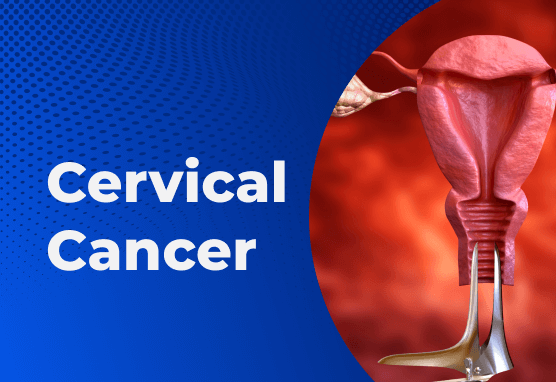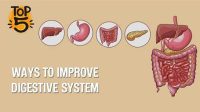Cancer, a term that sends shivers down many spines, encompasses a multitude of diseases characterized by uncontrolled cell growth. These abnormal cells have the potential to invade healthy tissues and spread to other parts of the body. While there are over 200 recognized types of cancer, three consistently rank among the most common and concerning: breast cancer, lung cancer, and cervical cancer. This article delves into understanding these prevalent forms of cancer, exploring their risk factors, symptoms, prevention strategies, and available treatment options.
1. Breast Cancer: A Silent Threat
Breast cancer, the most common cancer affecting women globally, originates in the breast tissue. While less frequent in men, it still poses a significant threat. Early detection and treatment are crucial for a positive prognosis.
Risk Factors:
- Age: The risk of breast cancer increases with age, particularly after menopause.
- Family History: Having a close relative (mother, sister, daughter) with breast cancer significantly increases the risk.
- Genetic Mutations: Inherited mutations in genes like BRCA1 and BRCA2 elevate the risk.
- Dense Breast Tissue: Women with denser breast tissue are more likely to develop breast cancer.
- Hormonal Factors: Early menstruation, late menopause, and hormone replacement therapy can increase the risk.
- Lifestyle Factors: Obesity, lack of physical activity, and excessive alcohol consumption contribute to breast cancer risk.
Symptoms:
- A lump in the breast or armpit
- Changes in breast size or shape
- Changes in the appearance of the nipple
- Nipple discharge (bloody or clear)
- Dimpling or puckering of the breast skin
- Pain in the breast or armpit
Prevention Strategies:
- Maintain a healthy weight: Exercise regularly and adopt a balanced diet rich in fruits, vegetables, and whole grains.
- Limit alcohol consumption: Excessive alcohol intake increases the risk of breast cancer.
- Breastfeeding: Studies suggest breastfeeding reduces the risk of breast cancer.
- Hormone Replacement Therapy (HRT): Discuss the potential risks and benefits with your doctor before using HRT.
- Genetic Testing: Consider genetic testing if you have a strong family history of breast cancer.
- Regular Self-Exams: Perform monthly breast self-exams to familiarize yourself with your breasts and identify any changes.
- Mammograms: Schedule regular mammograms according to your doctor’s recommendation, usually starting around age 40.
Treatment Options:
Depending on the stage and type of breast cancer, treatment options may include:
- Surgery: Surgery to remove the cancerous tissue or the entire breast (mastectomy), combined with lymph node removal if necessary.
- Radiation Therapy: Targeting the affected area with high-energy rays to destroy cancer cells.
- Chemotherapy: Using powerful drugs to kill cancer cells throughout the body.
- Hormone Therapy: Targeting hormones that fuel cancer growth in hormone-receptor-positive breast cancer.
- Targeted Therapy: Utilizing drugs that target specific vulnerabilities in cancer cells.
Prognosis: Early detection and treatment significantly improve the survival rate for breast cancer. Women diagnosed at an early stage often have a five-year survival rate exceeding 90%.
2. Lung Cancer: A Breathtaking Threat
Lung cancer, the leading cause of cancer death worldwide, primarily affects individuals with a history of smoking. However, non-smokers can also develop this disease due to exposure to secondhand smoke, environmental factors, and genetic mutations.






